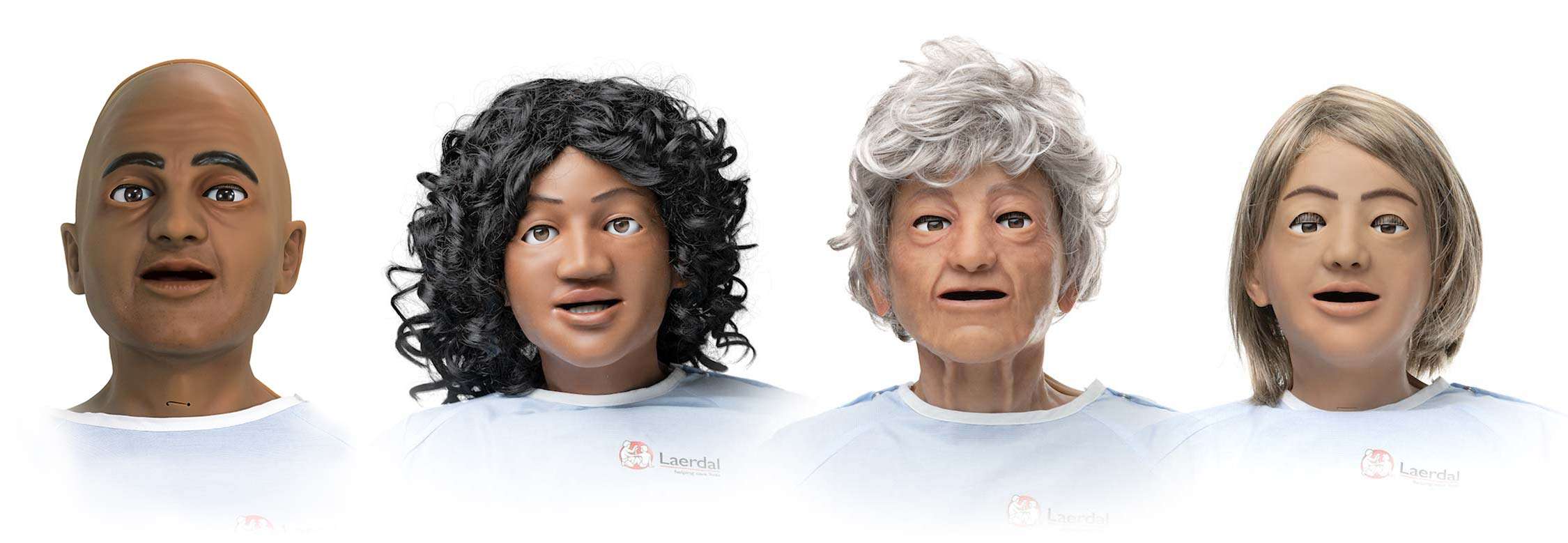Simulating for Equitable Health Outcomes
Building awareness for real world results
According to the 2020 U.S. Census Diversity Index, the probability of two, randomly chosen Americans being from different racial and ethnic groups, hit an all-time high of 61%, a nearly 7% increase from the previous decade.1
It's imperative that healthcare personnel are familiarized and adaptable to a wide range of patients, from various demographical nuances.

Nursing Anne Simulator - One Simulator, Many Patients
When compared with didactic teaching methods, simulation is known to be a more efficient technique for realizing information retention. However, only using simulators with different skin tones or genders, is not enough to provide adequate diversity training. To see positive outcomes for all patients, everyone’s needs (both patient and healthcare provider) must be considered during the planning, facilitating, and debriefing stages.
This course has been designed to showcase how diversity training can be tied into all aspects of simulation-based learning. Our Simulating for Equitable Health Outcomes course is an immersive training session that can be delivered to all areas of your organization.
Interested in learning more?
References
- Jensen, E., Jones, N., Rabe, M., Pratt, B., Medina, L., Orozco, K., & Spell, L. (2021). The chance that two people chosen at random are of different race or ethnicity groups has increased since 2010. Census.gov. Retrieved from https://www.census.gov/library/stories/2021/08/2020-united-states-population-more-racially-ethnically-diverse-than-2010.html